Elvie
︎
2015-2018
︎
2015-2018
My role
Art Direction
UI/UX, Design & Research
Graphic Design
Film and Digital Animation
Art Direction
UI/UX, Design & Research
Graphic Design
Film and Digital Animation
Softwares
After Effects and Premiere
Sketch, Adobe XD, Zeplin, Axure and InVision
Illustrator and Photoshop
After Effects and Premiere
Sketch, Adobe XD, Zeplin, Axure and InVision
Illustrator and Photoshop
Context
The Elvie Trainer is an award-winning Kegel trainer for a stronger pelvic floor. My main task was to work on the UX/UI designs for the app that connects to the Elvie Trainer. You can download the app in the App Store.
The Elvie Trainer is an award-winning Kegel trainer for a stronger pelvic floor. My main task was to work on the UX/UI designs for the app that connects to the Elvie Trainer. You can download the app in the App Store.
Role specifications
My role working with the Elvie Trainer was varied when I started, creating print materials, social media assets and working on the UI/UX designs for the Elvie Trainer app. The role became more focused on Art Direction and User Interface Design as the Elvie product team expanded.
I was also involved in the user research for the app, creating questionaires and workshops aiming at improving engagement, user experience and user journeys for the Elvie Trainer app. The findings were discussed with my team and the Creative Director, which ultimately informed my creative decisions. Please scroll down to see some of these materialisations ︎︎︎
My role working with the Elvie Trainer was varied when I started, creating print materials, social media assets and working on the UI/UX designs for the Elvie Trainer app. The role became more focused on Art Direction and User Interface Design as the Elvie product team expanded.
I was also involved in the user research for the app, creating questionaires and workshops aiming at improving engagement, user experience and user journeys for the Elvie Trainer app. The findings were discussed with my team and the Creative Director, which ultimately informed my creative decisions. Please scroll down to see some of these materialisations ︎︎︎
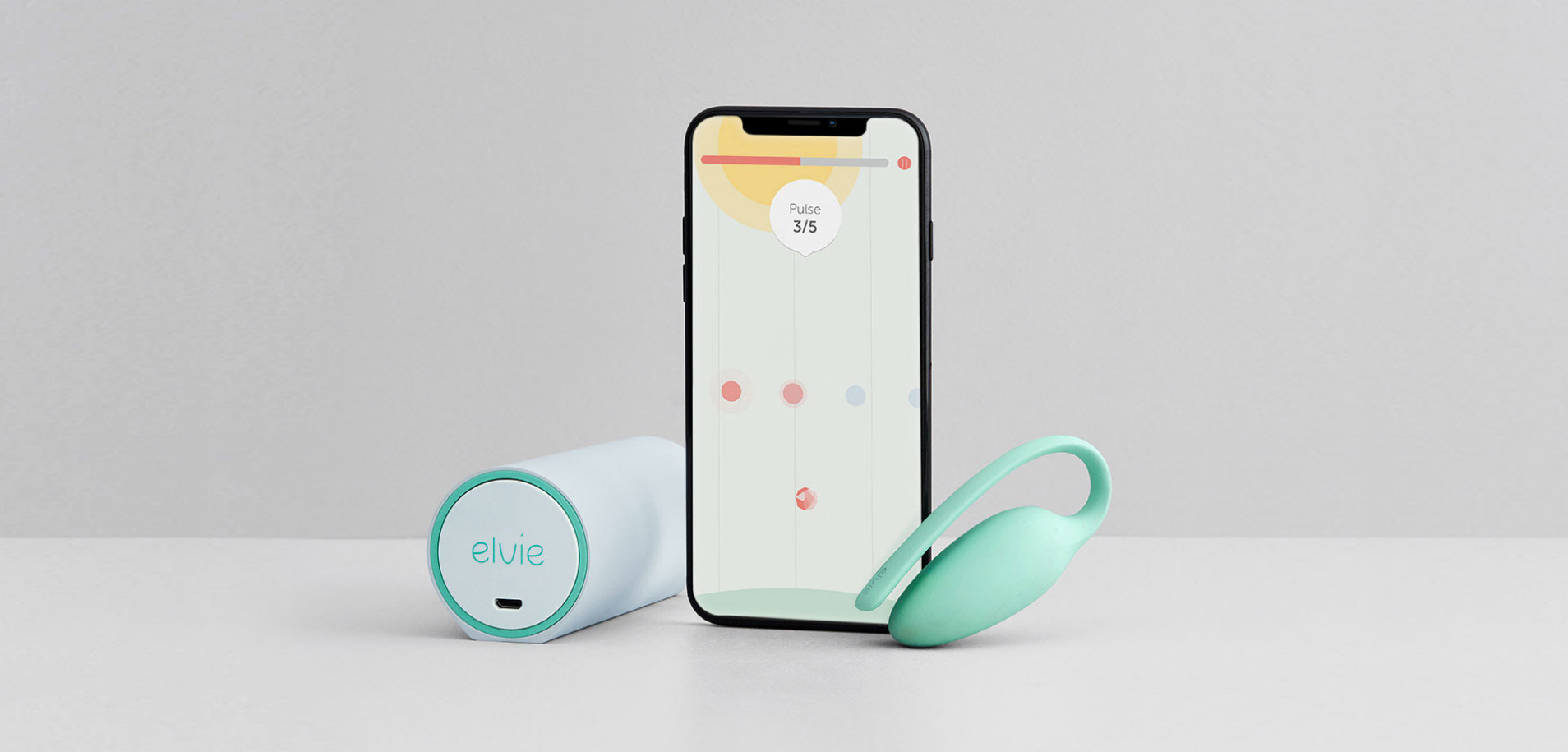
Elvie Trainer:
User Interface & Experience design
The image above shows the Elvie Trainer on the right and the case on the left, where it is stored and charged. The phone shows a screenshot of the app with one of the games I designed. The Elvie Trainer is inserted and connects to an app. It visualizes pelvic floor movements in real time with biofeedback, while users perform a series of exercises.
Five exercises were designed together with physiotherapists and borrowing from game design methodologies, to create incentive and show progression. Download the app in the App Store and find below screenshots of the different exercises and other main pages I created with my team ︎︎︎
Five exercises were designed together with physiotherapists and borrowing from game design methodologies, to create incentive and show progression. Download the app in the App Store and find below screenshots of the different exercises and other main pages I created with my team ︎︎︎

All five exercises help train the pelvic floor muscles in different ways, exploring the fast-twitch and slow-twitch muscle fibres.
As users contract their pelvic floor muscles, a red ‘gem’ lifts to interact with the different elements, by hitting them, avoiding them and follow them.
Exercise: Hold
Builds endurance. Users contract their pelvic floor muscles to lift the ‘gem’, so it remains inside the circle for a period of time. Scroll through the images below ︎︎︎
![]()
![]()
![]()
![]()
![]()
![]()
Builds endurance. Users contract their pelvic floor muscles to lift the ‘gem’, so it remains inside the circle for a period of time. Scroll through the images below ︎︎︎
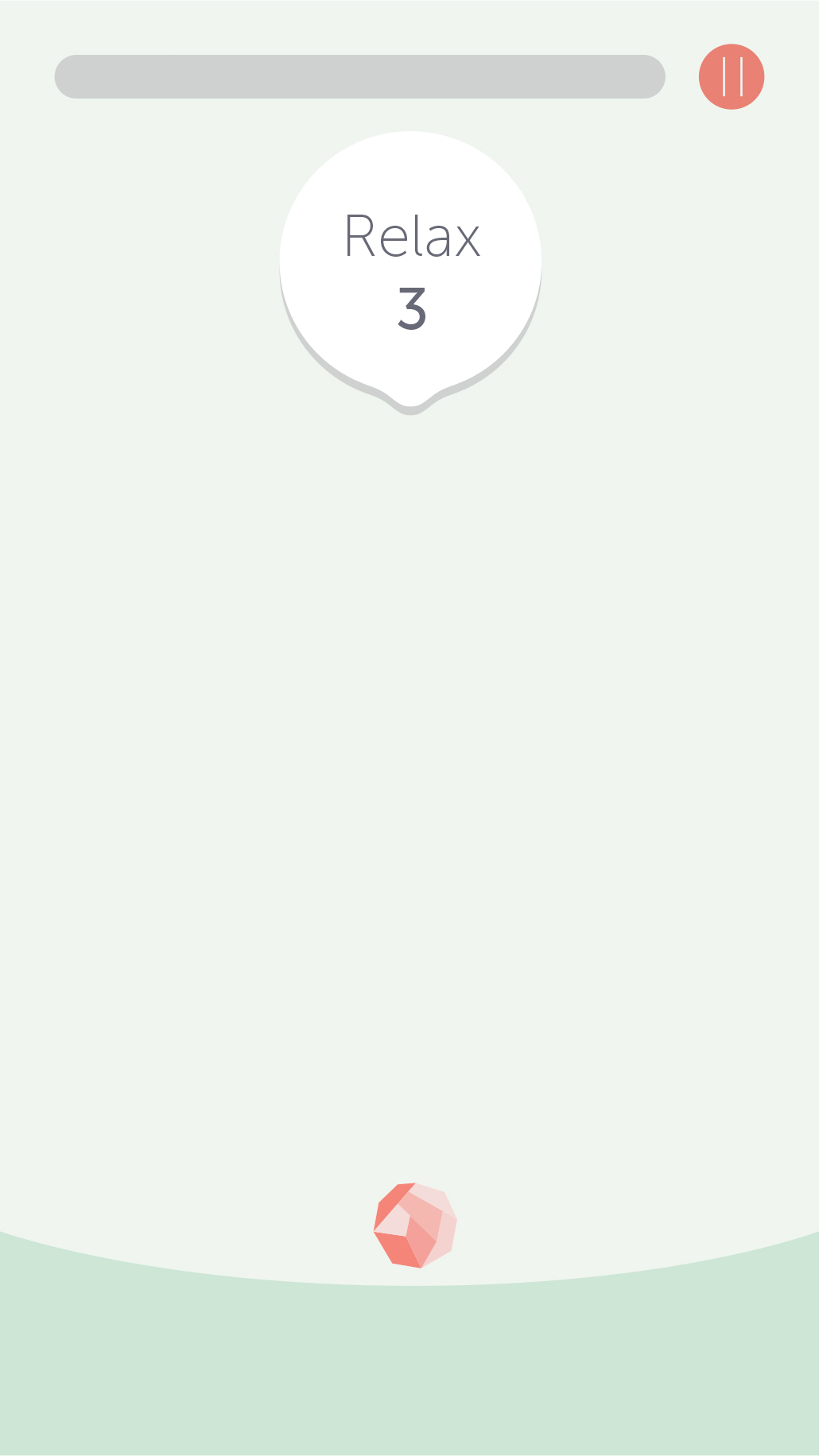





Exercise: Pulse
Improves agility. Users contract and relax their pelvic floor muscles to lift and drop the ‘gem’, so it hits the grey tokens. Scroll through the images below ︎︎︎
![]()
![]()
![]()
![]()
![]()
![]()
Improves agility. Users contract and relax their pelvic floor muscles to lift and drop the ‘gem’, so it hits the grey tokens. Scroll through the images below ︎︎︎
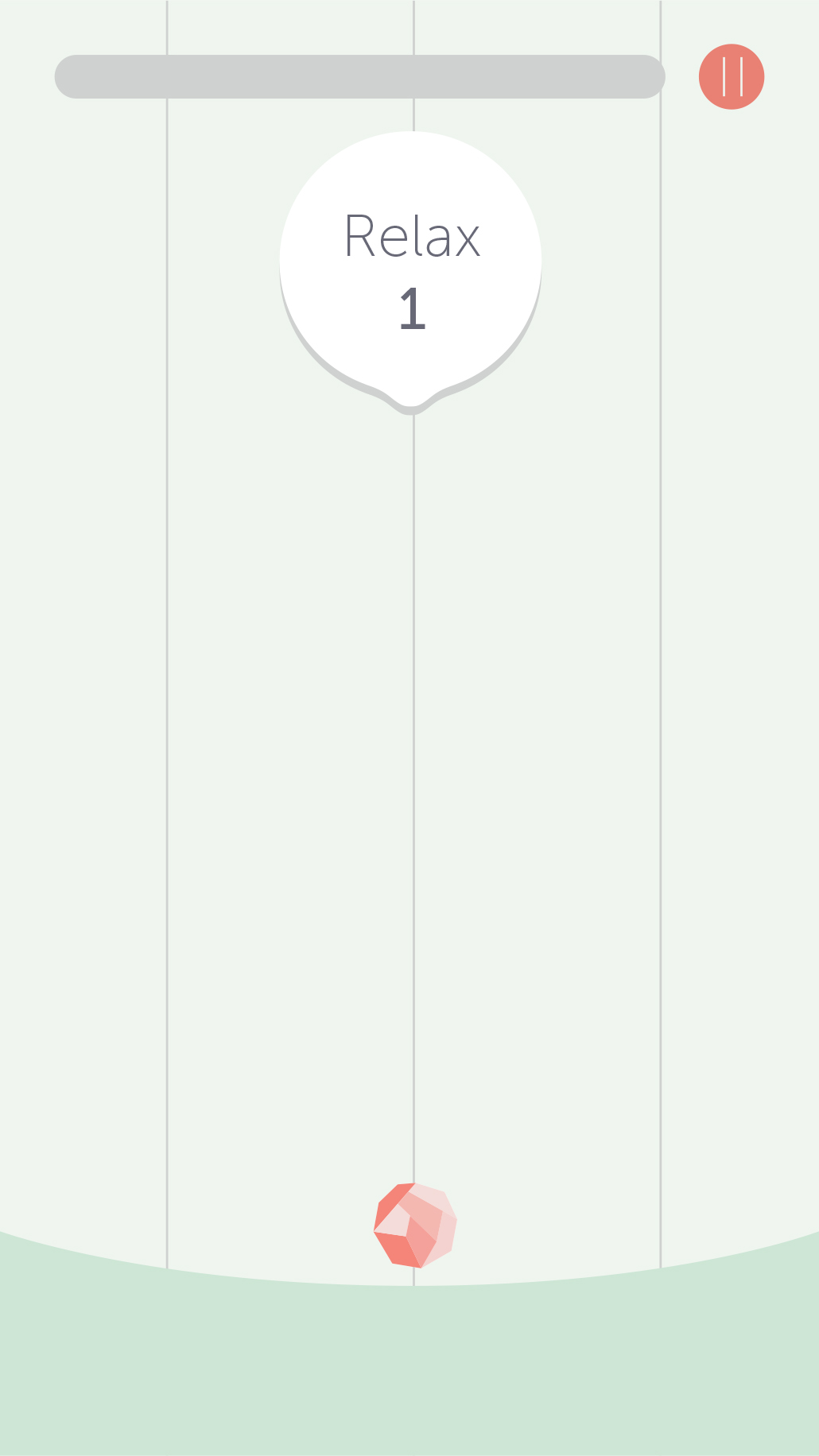

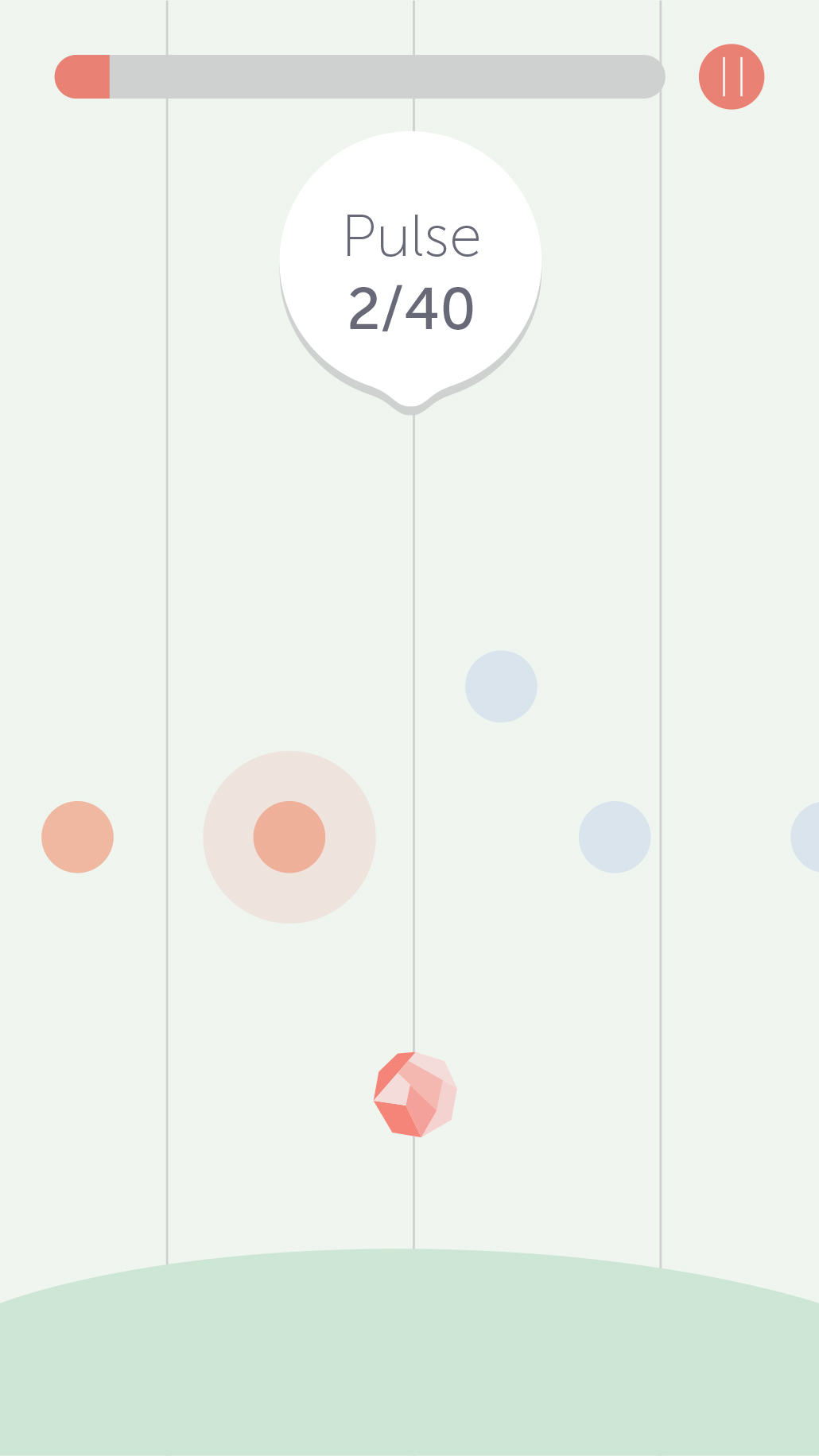



Exercise: Lift
Develops core strenght. Users contract their pelvic floor muscles to lift the ‘gem’ so it stays above the ‘mountain’. Scroll through the images below ︎︎︎
![]()
![]()
![]()
![]()
![]()
![]()
Develops core strenght. Users contract their pelvic floor muscles to lift the ‘gem’ so it stays above the ‘mountain’. Scroll through the images below ︎︎︎






Exercise: Step
Improves pace. Users contract and relax their pelvic floor muscles to lift and drop the ‘gem’, and follow the path sliding in. Scroll through the images below ︎︎︎
![]()
![]()
![]()
![]()
![]()
![]()
Improves pace. Users contract and relax their pelvic floor muscles to lift and drop the ‘gem’, and follow the path sliding in. Scroll through the images below ︎︎︎





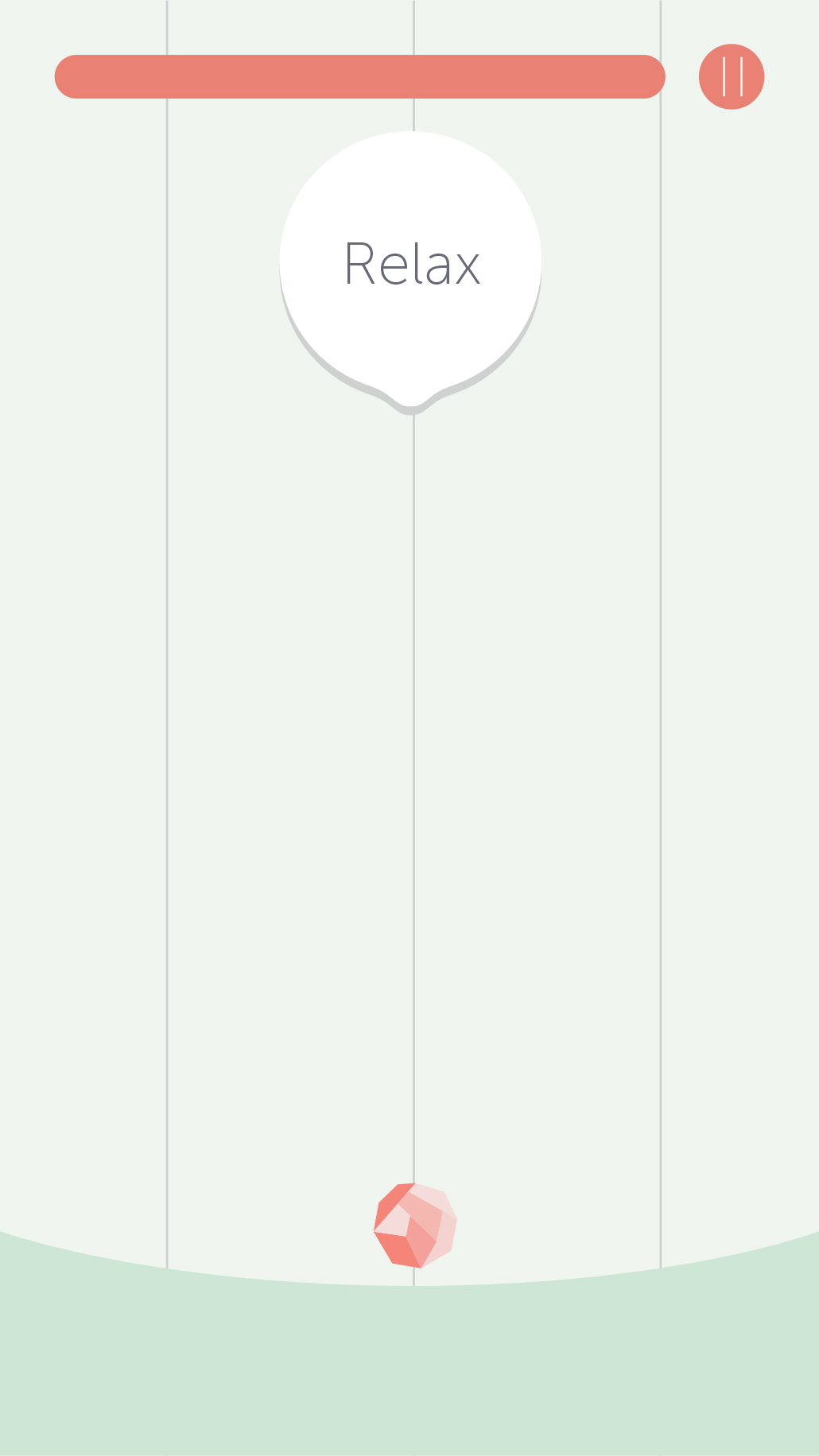
Exercise: Speed
Develops pace. Users contract their pelvic floor muscles intermittently to lift and drop the gem, and hit the tokens. Scroll through the images below ︎︎︎
![]()
![]()
![]()
![]()
![]()
![]()
Develops pace. Users contract their pelvic floor muscles intermittently to lift and drop the gem, and hit the tokens. Scroll through the images below ︎︎︎






Other screens
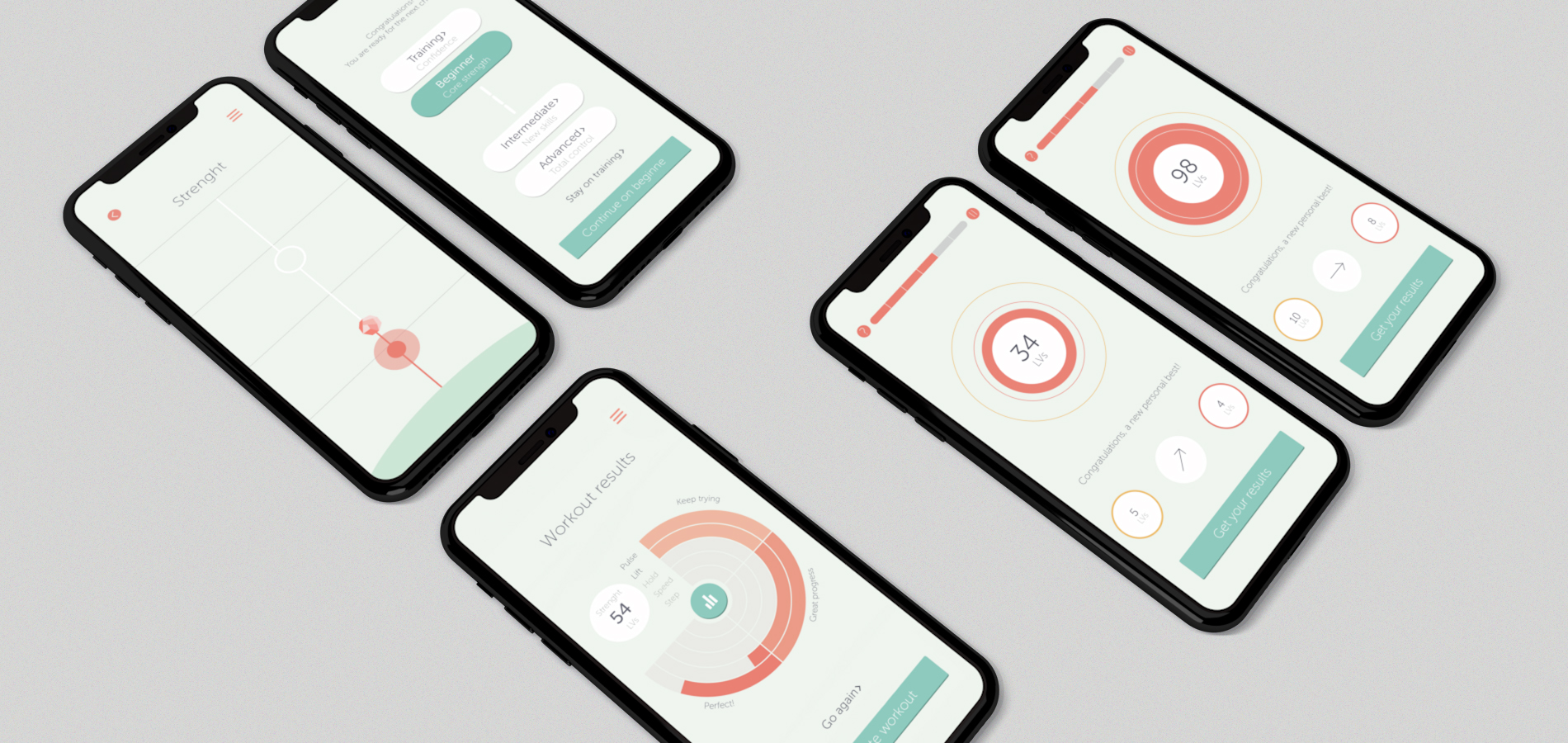
Progress indicator - there are 4 main stages that users can progress through. In this case, the user is in the Beginner stage.
Inspired by the high striker game, this screen measures pelvic floor strenght as muscles are contracted. It informs the difficulty level of the exercises.
Progress visualisation per exercise. The circular diagram is divided in three sections. ‘Keep trying’ is the lowest and ‘Perfect!’ the highest.
Two different states for the results screen. It shows after each exercise is completed. Different metrics reflect pelvic floor strengh in relation to the exercise performed.
User Experience Reseacrh:
Game Design Workshop
Context
The user experience designed for the exercises involved a quantitative and qualitative research. As part of the qualitative research, I developed a series of workshops to come up with effective and engaging strategies for the different exercises. This also helped me get specific insights into myology.
The workshops consisted in a series of hands-on sessions with 5 workshop participants. They were given a presentation and asked to develop a game/exercise from a template previously prepared. Paper props were also provided, to give participants cues and help them materialise their ideas.
Workshop participants were mainly experts in physiotherapy, computer science, design and marketing. This mix of practices allowed different types of expression to emerge: anatomy, engagement, aesthetics and technical aspects of game design.
The user experience designed for the exercises involved a quantitative and qualitative research. As part of the qualitative research, I developed a series of workshops to come up with effective and engaging strategies for the different exercises. This also helped me get specific insights into myology.
The workshops consisted in a series of hands-on sessions with 5 workshop participants. They were given a presentation and asked to develop a game/exercise from a template previously prepared. Paper props were also provided, to give participants cues and help them materialise their ideas.
Workshop participants were mainly experts in physiotherapy, computer science, design and marketing. This mix of practices allowed different types of expression to emerge: anatomy, engagement, aesthetics and technical aspects of game design.
Scroll through the images to see the three game templates I created. Workshop participants were given the option to choose a template to work with as a starting point.
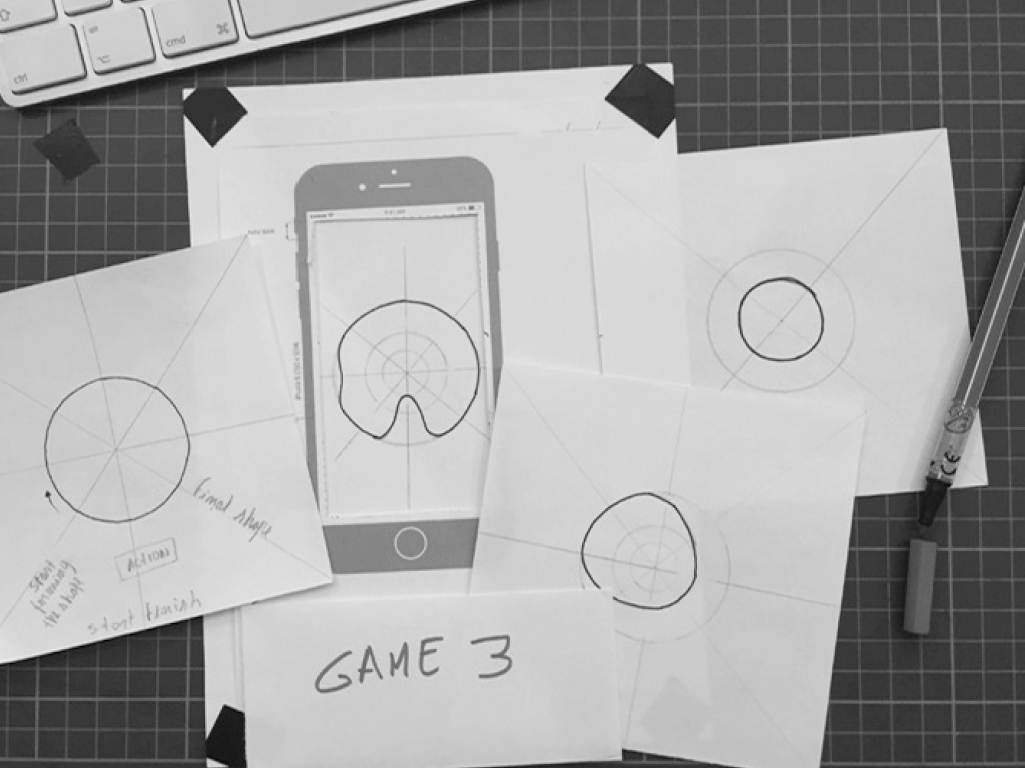


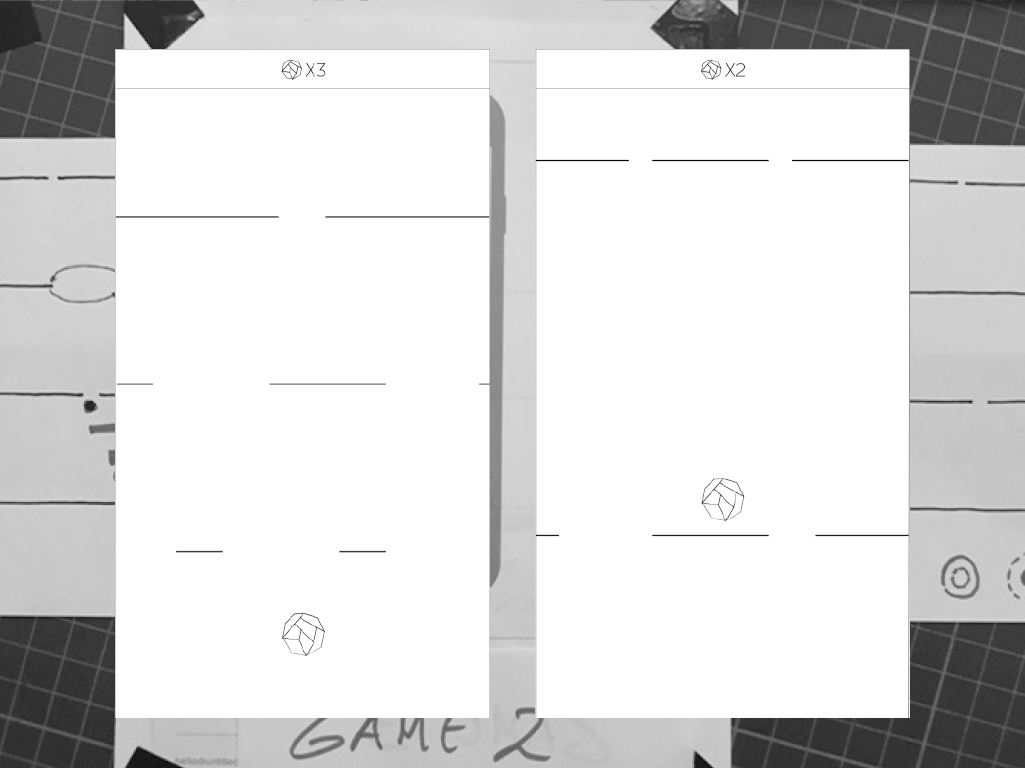


Paper prop cutouts to help workshop participants express their ideas and think about different game-like dynamics for the exercises.









Some of the outputs produced during the workshops, exploring a rich variety of user experiences.
These otputs highly informed how the different exercises currently look and function.
These otputs highly informed how the different exercises currently look and function.
